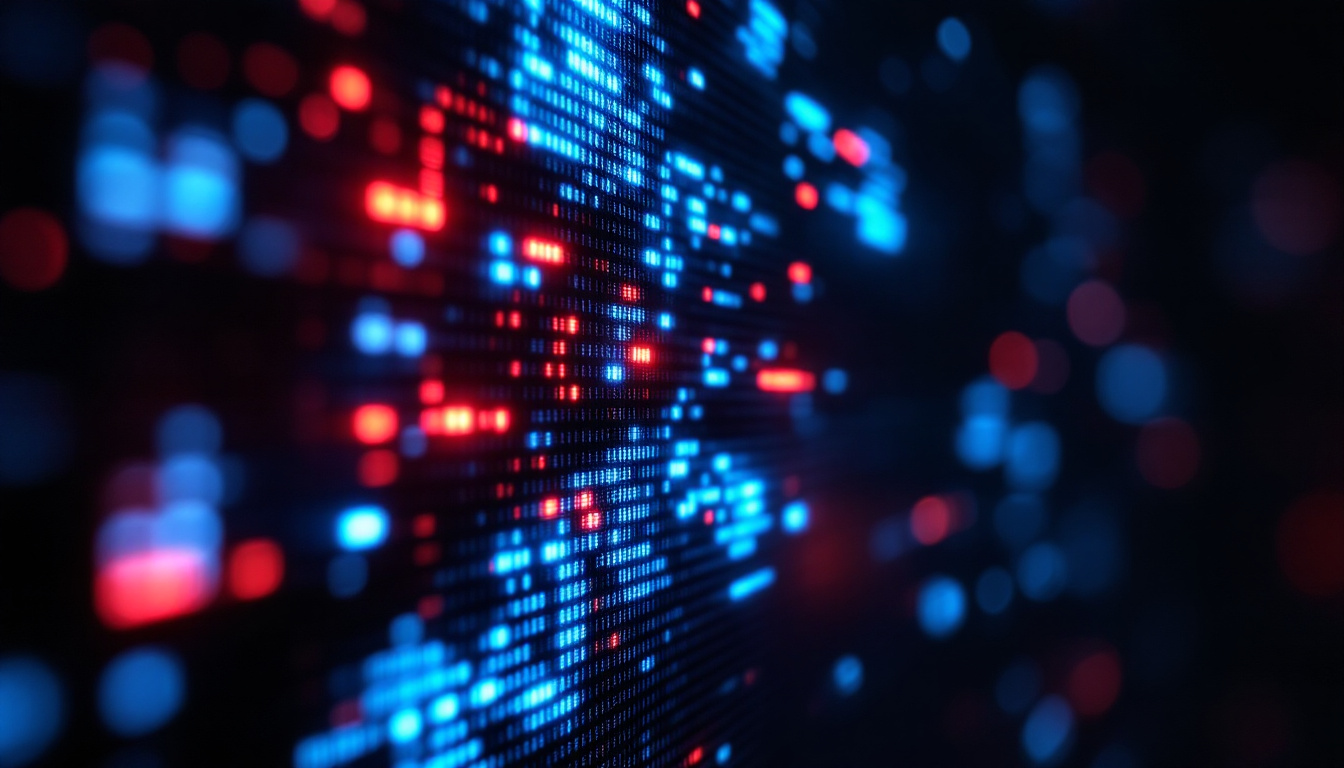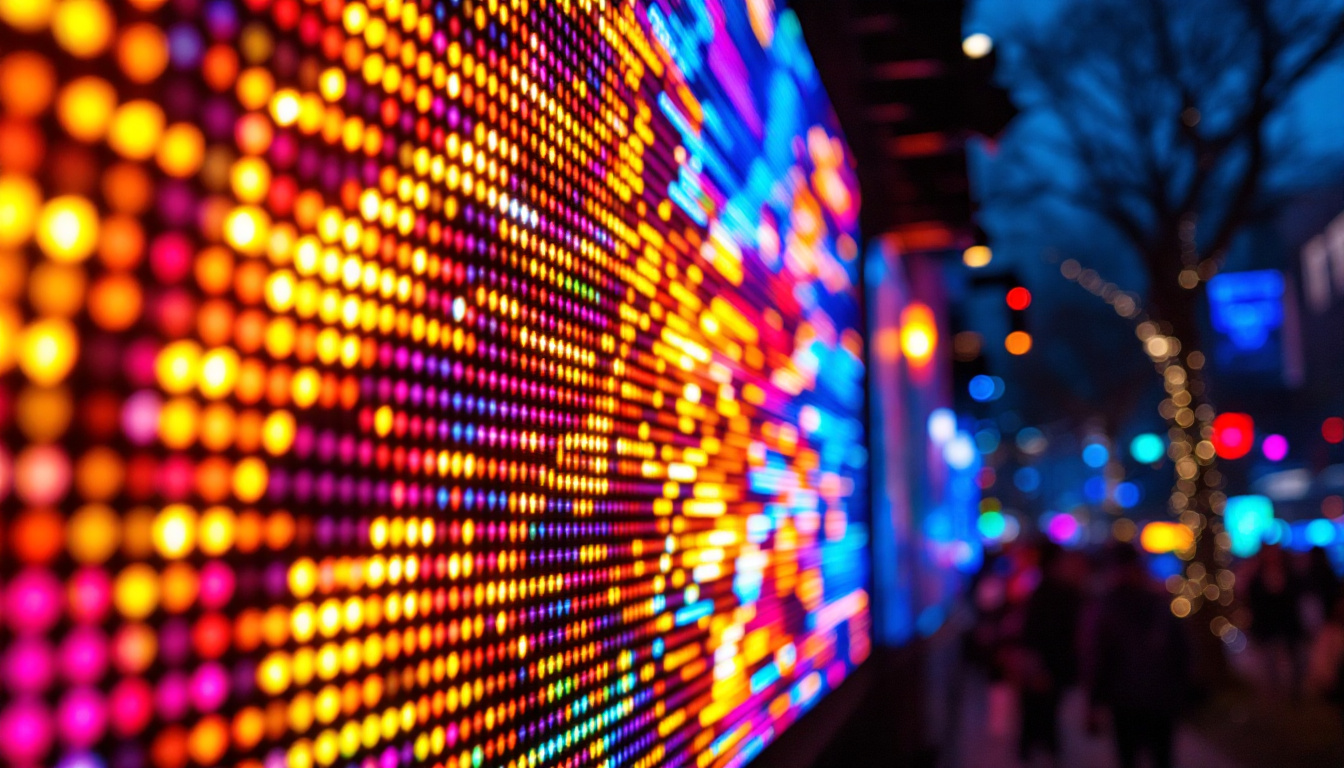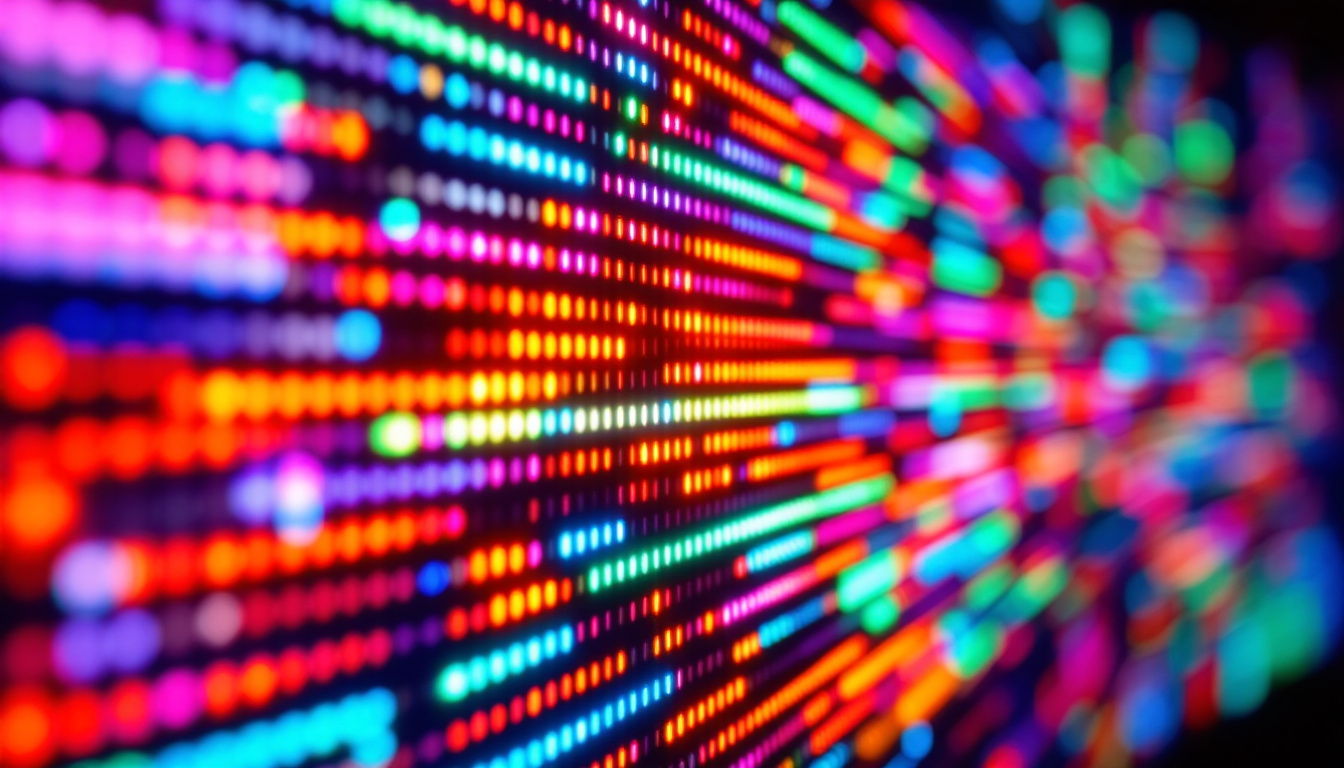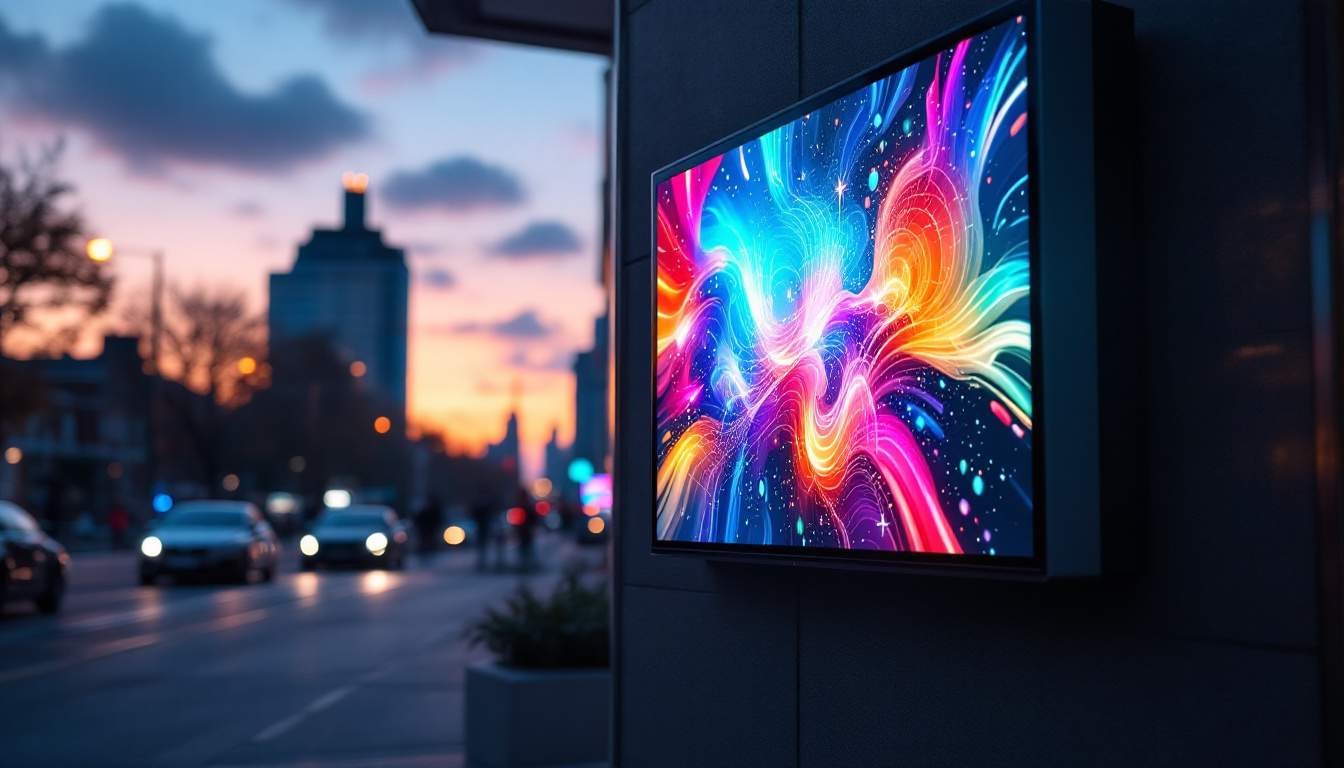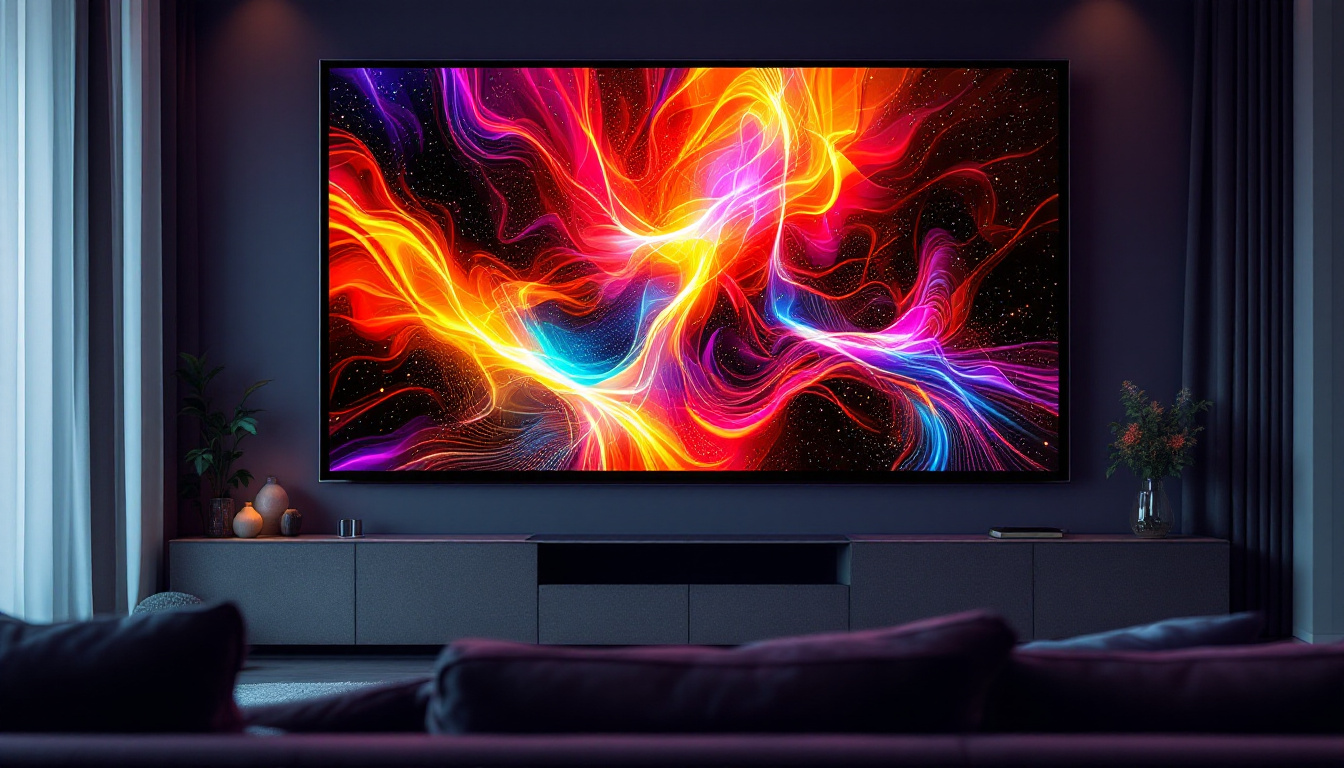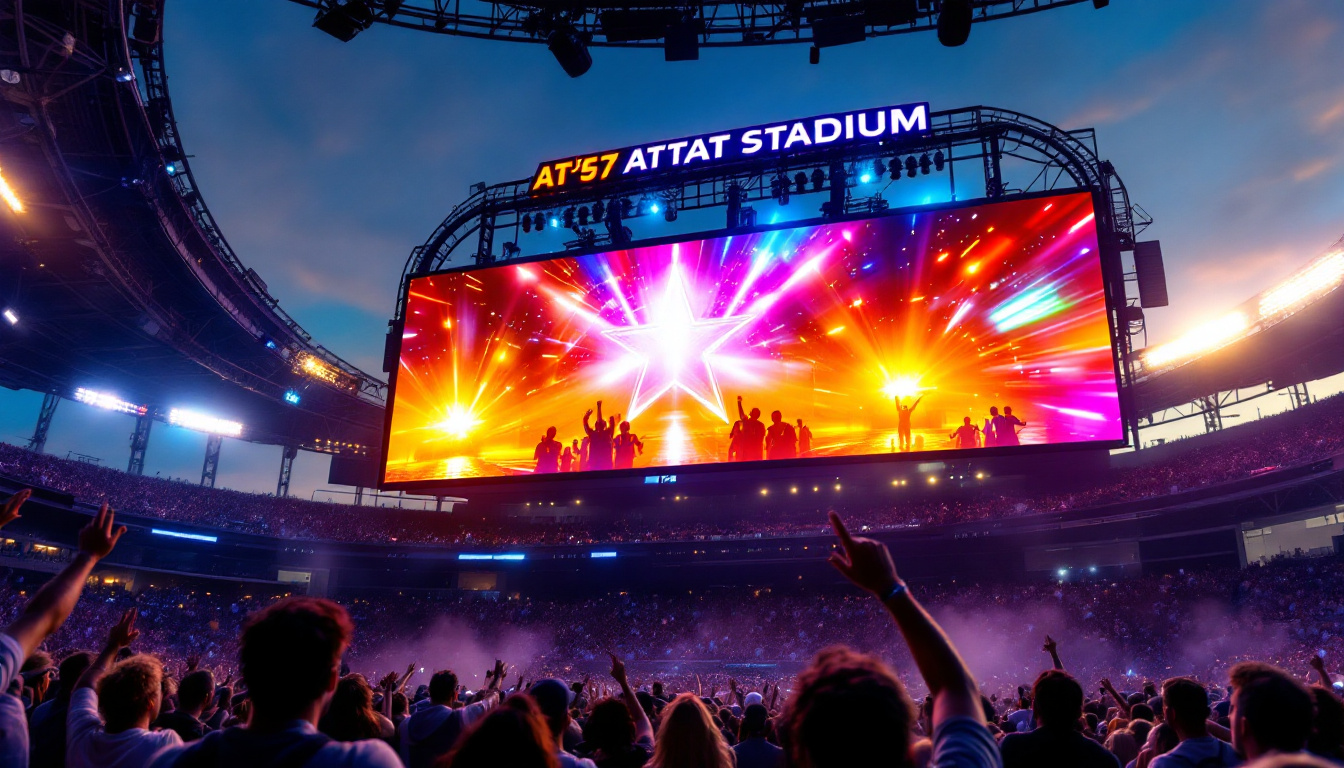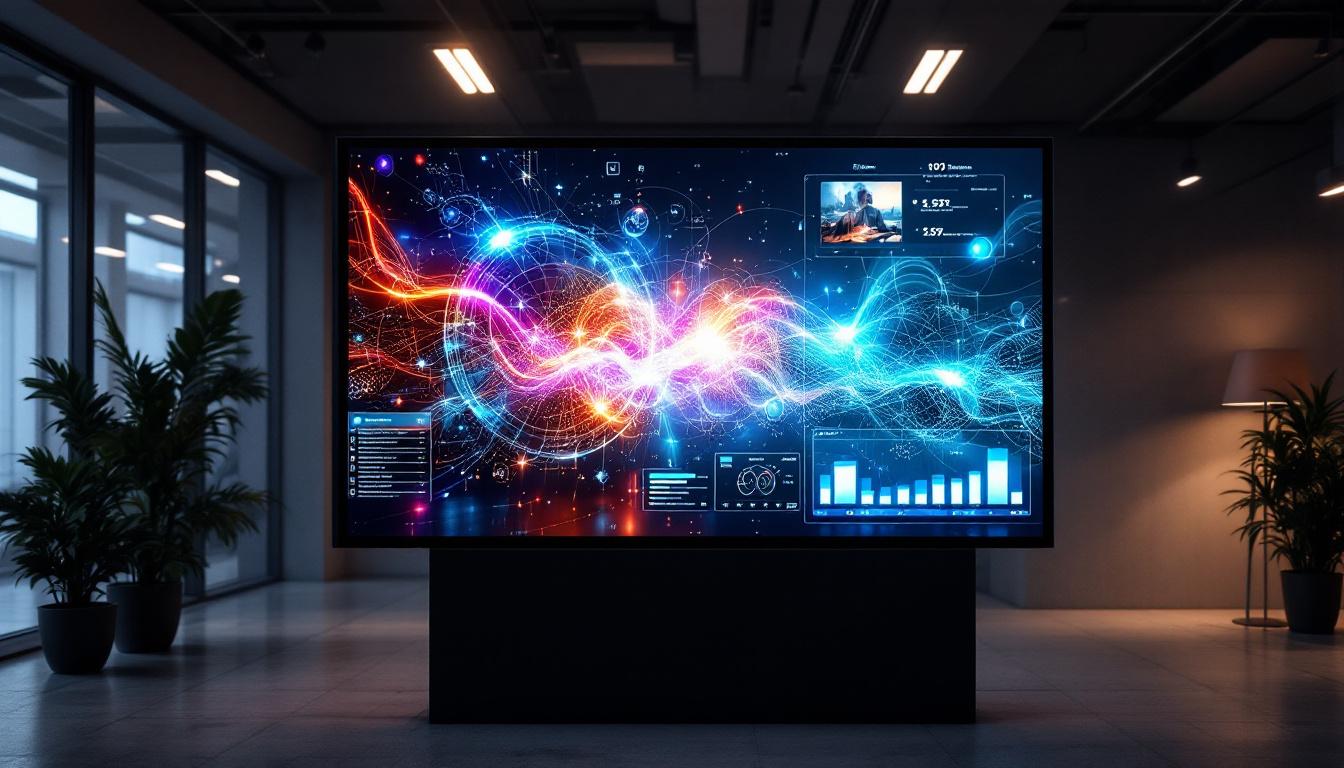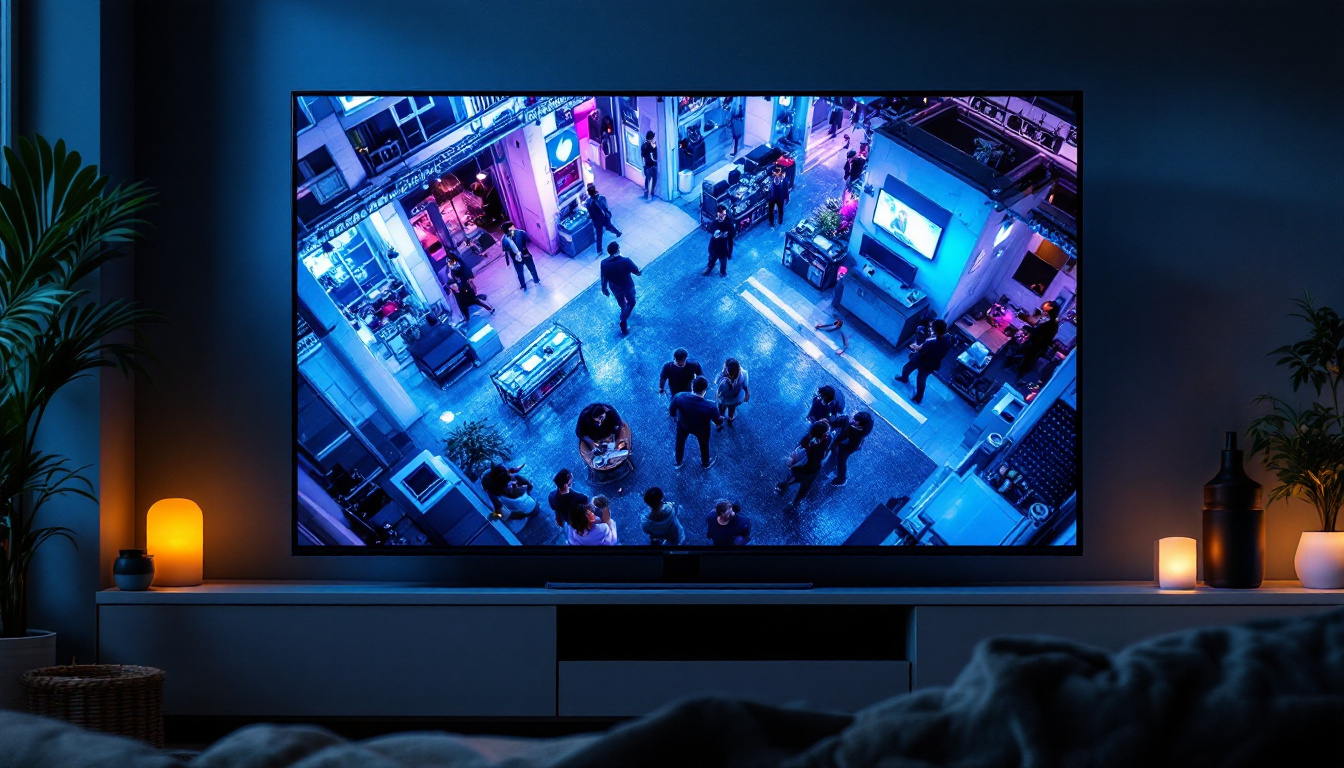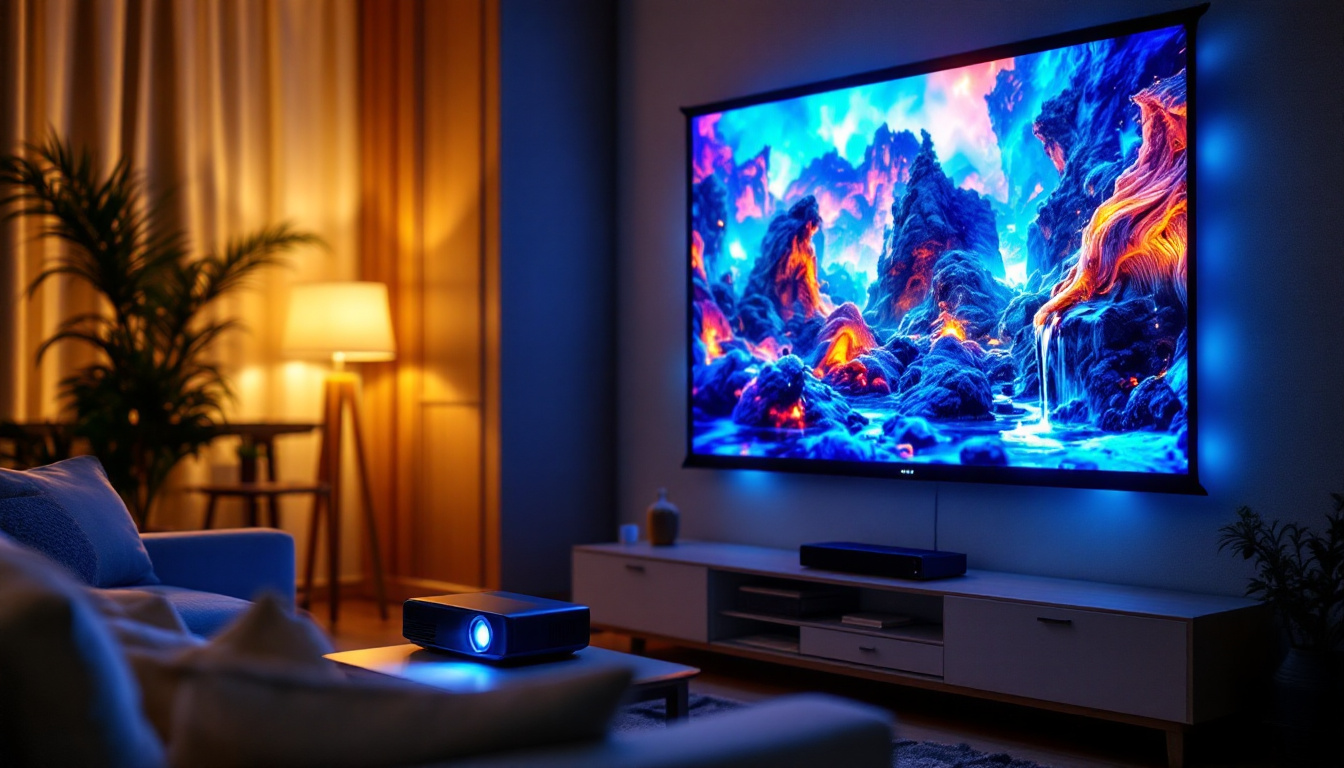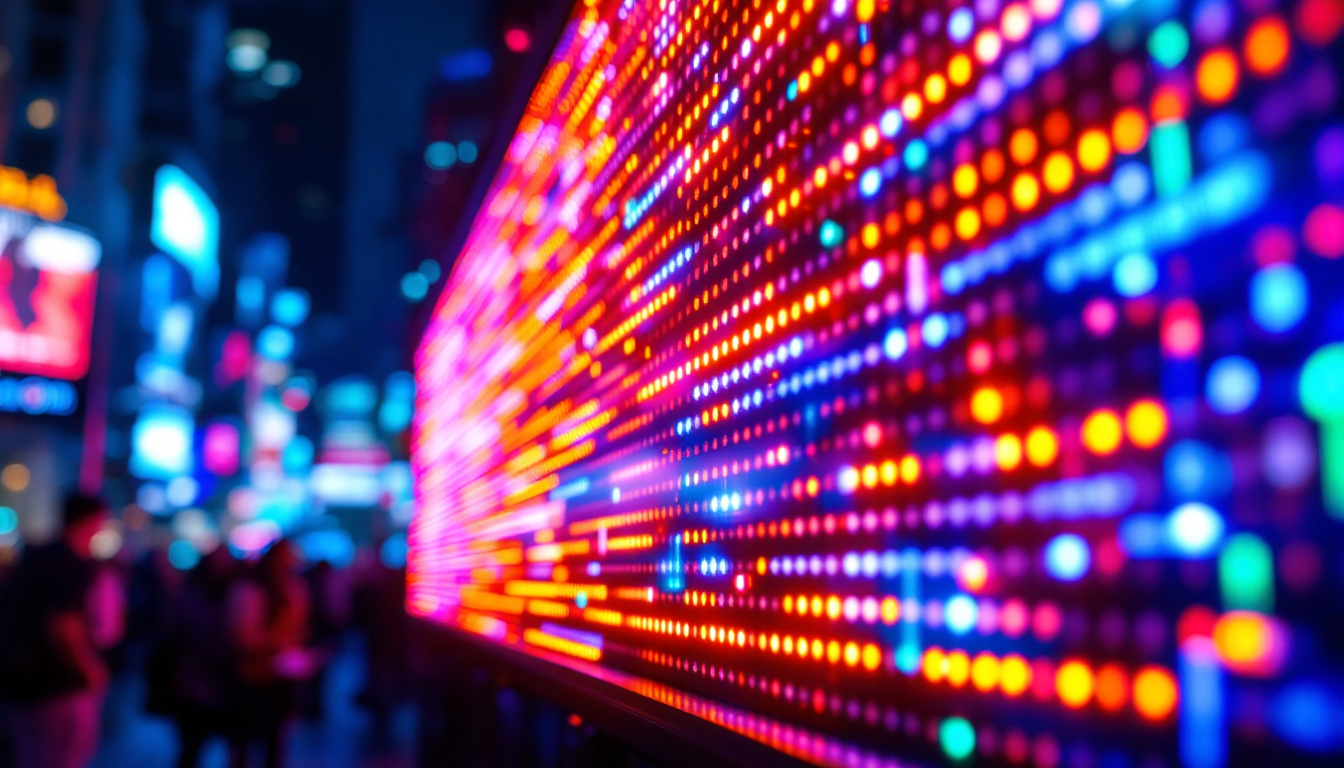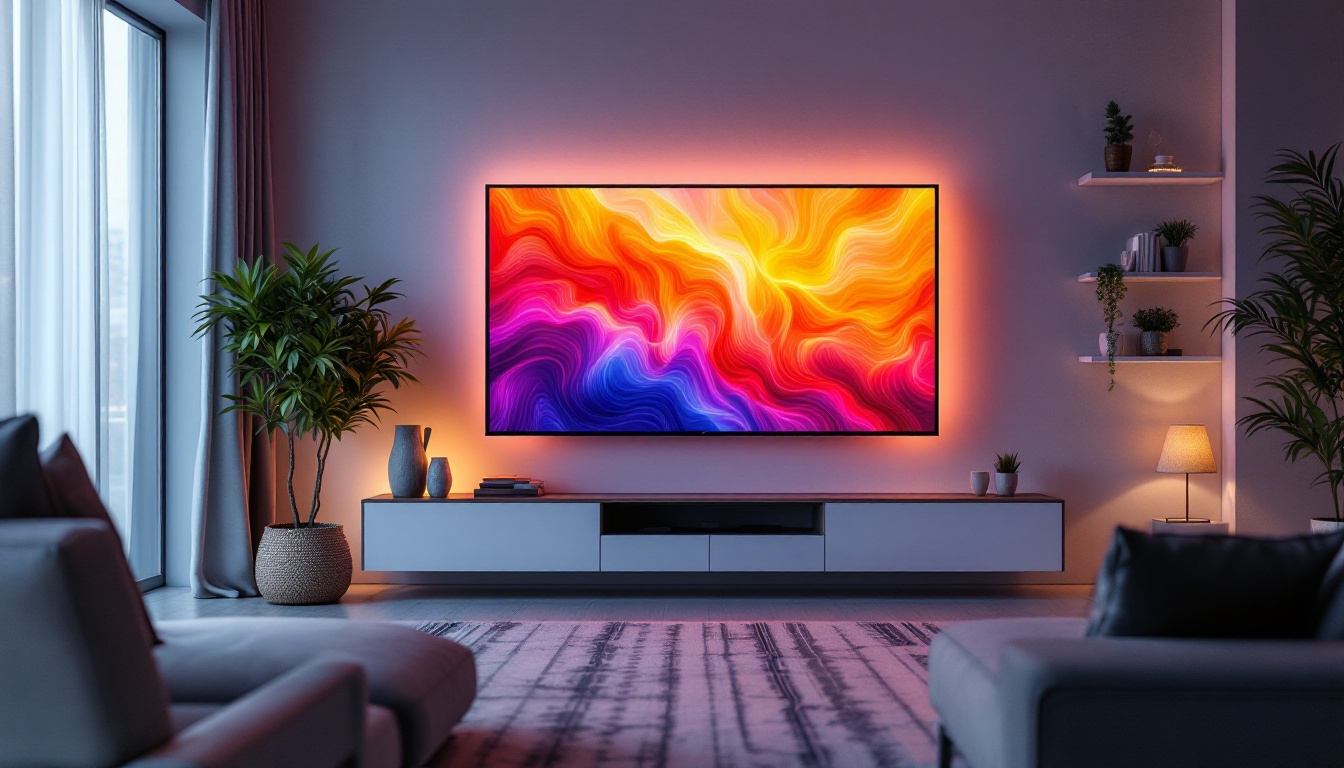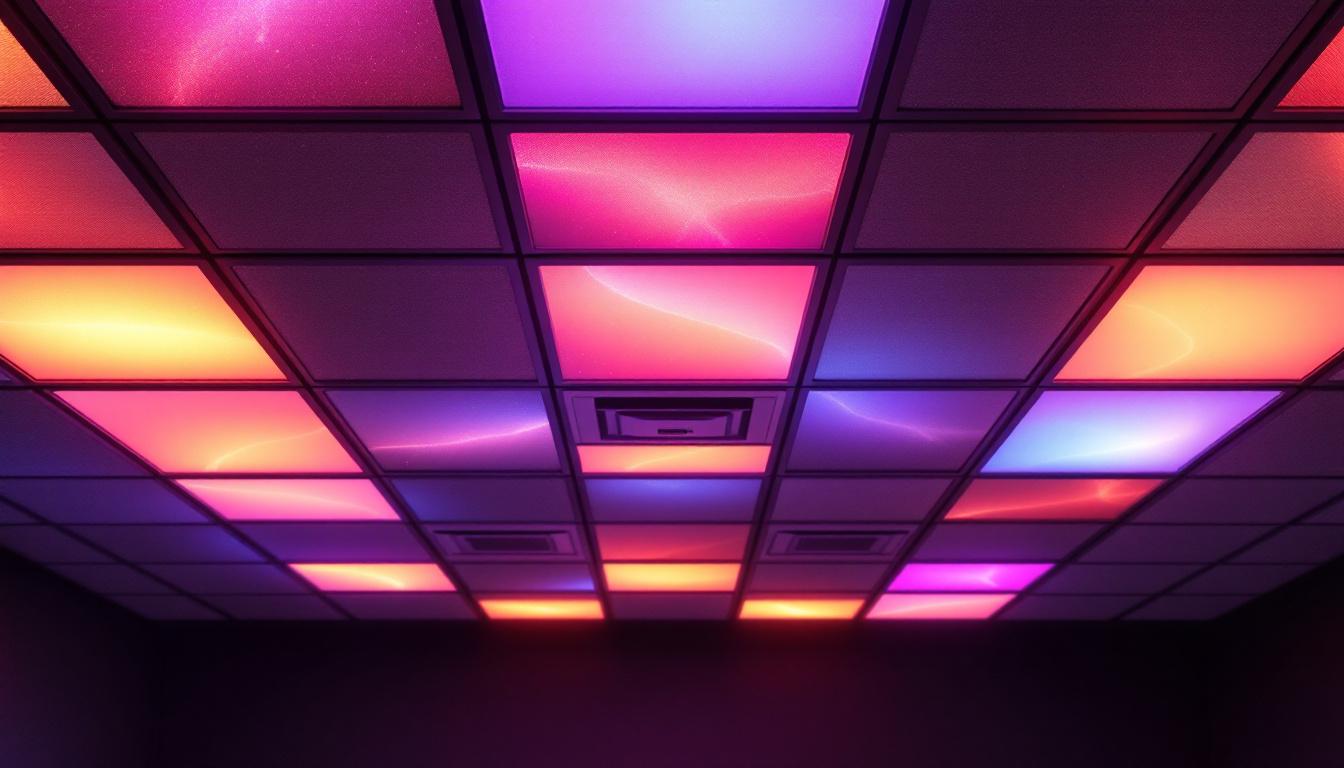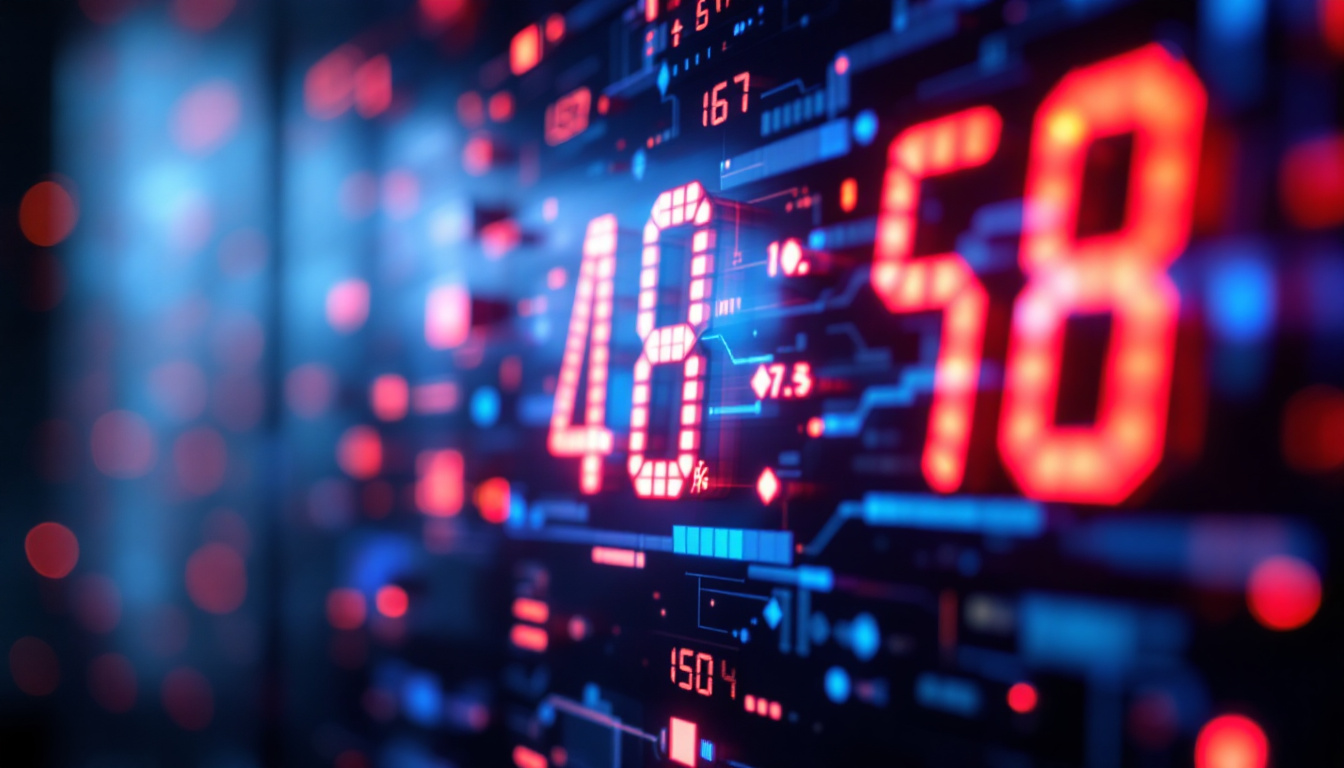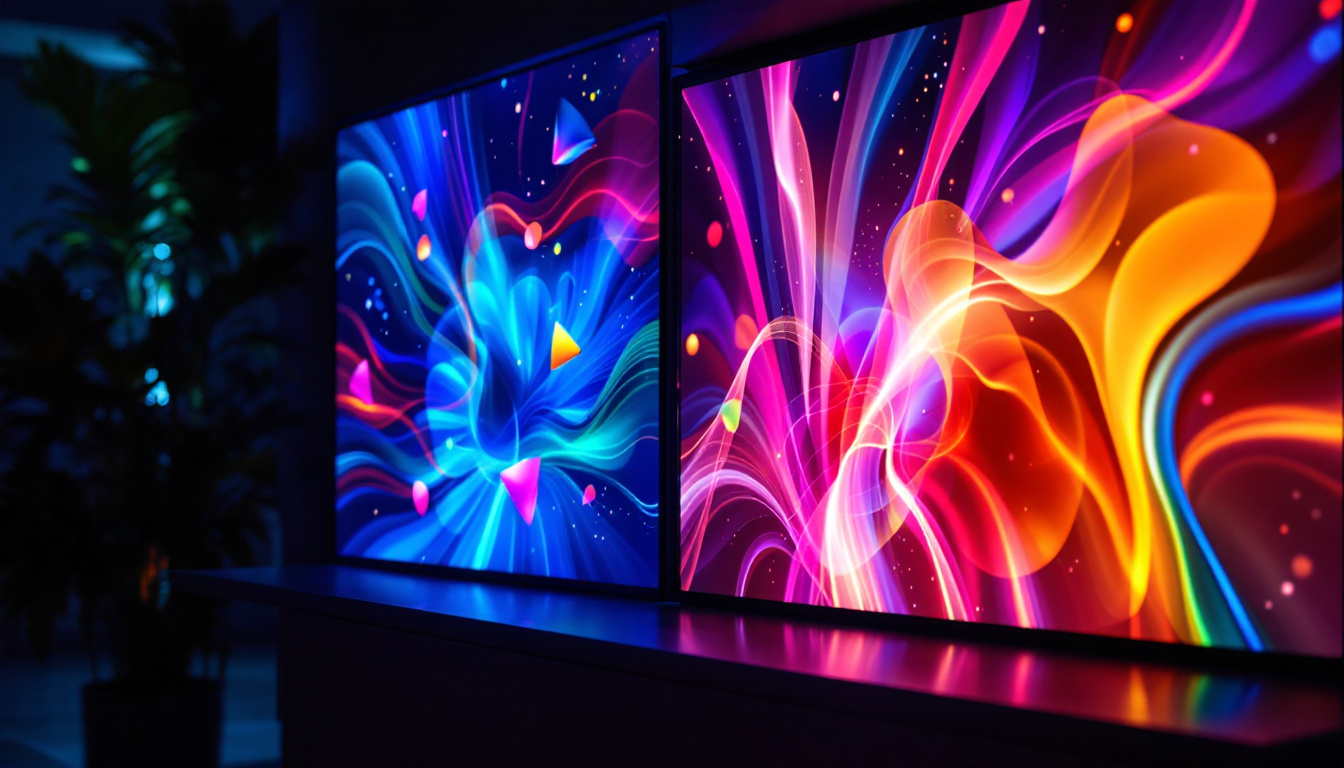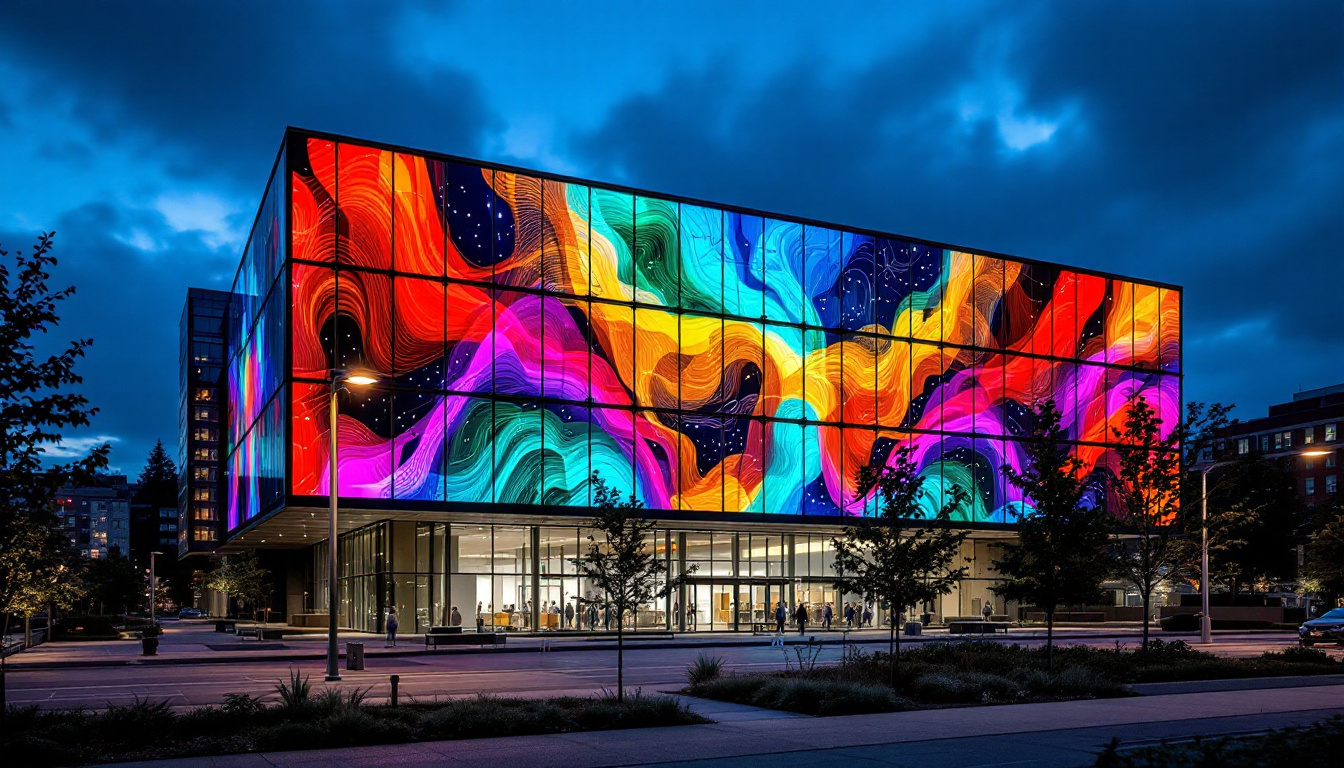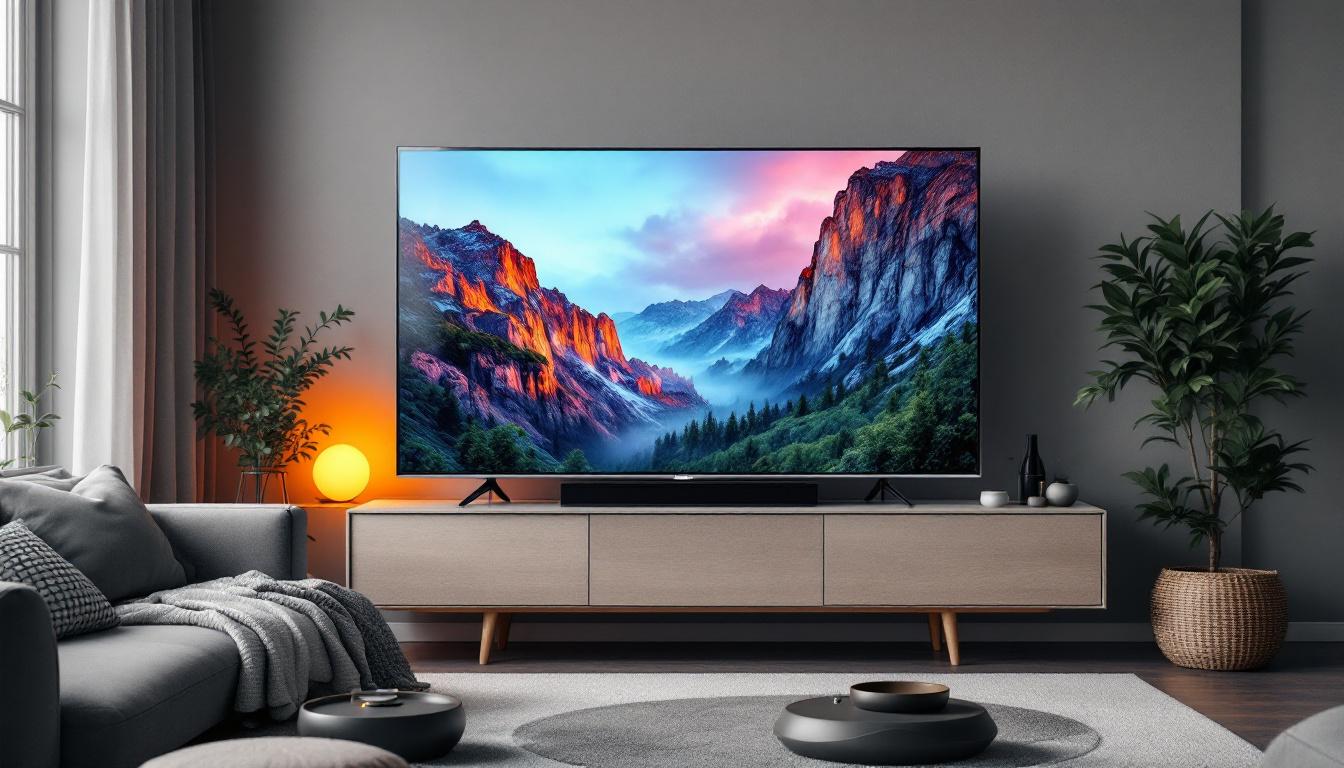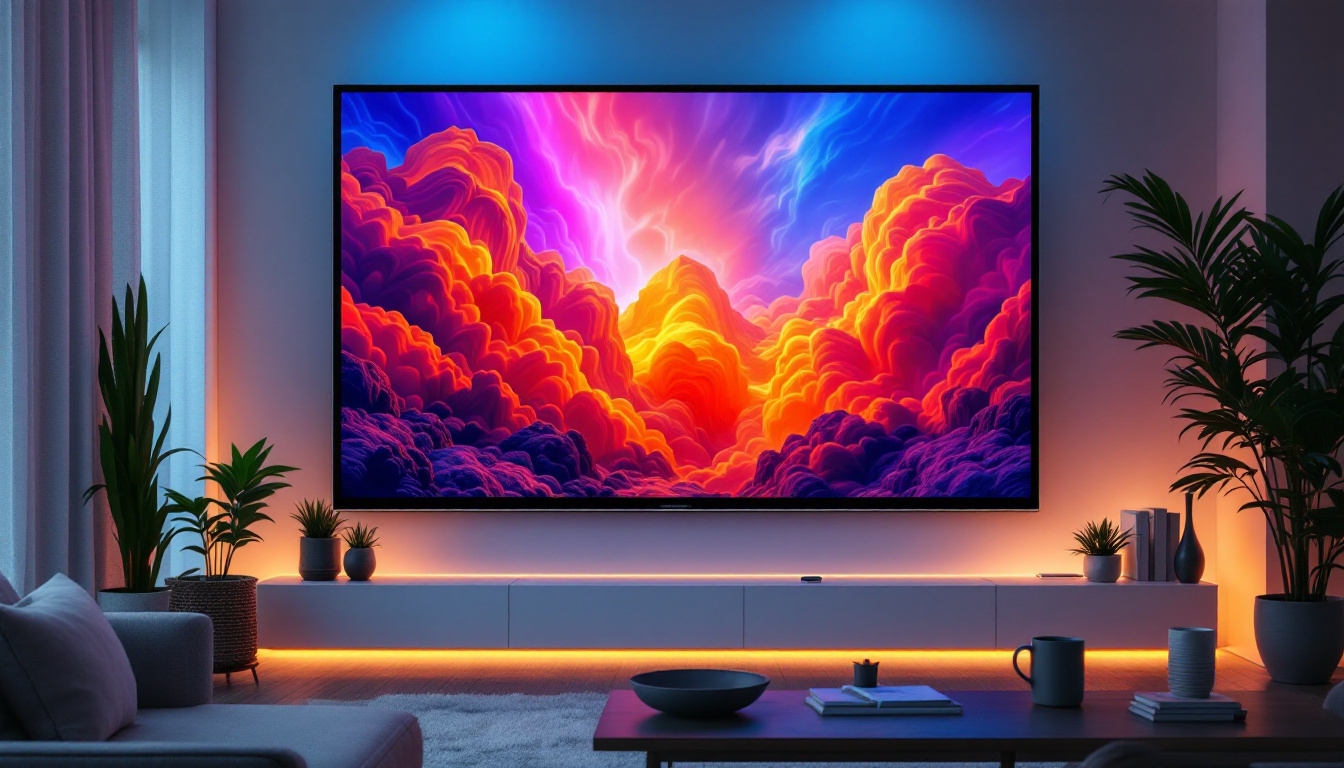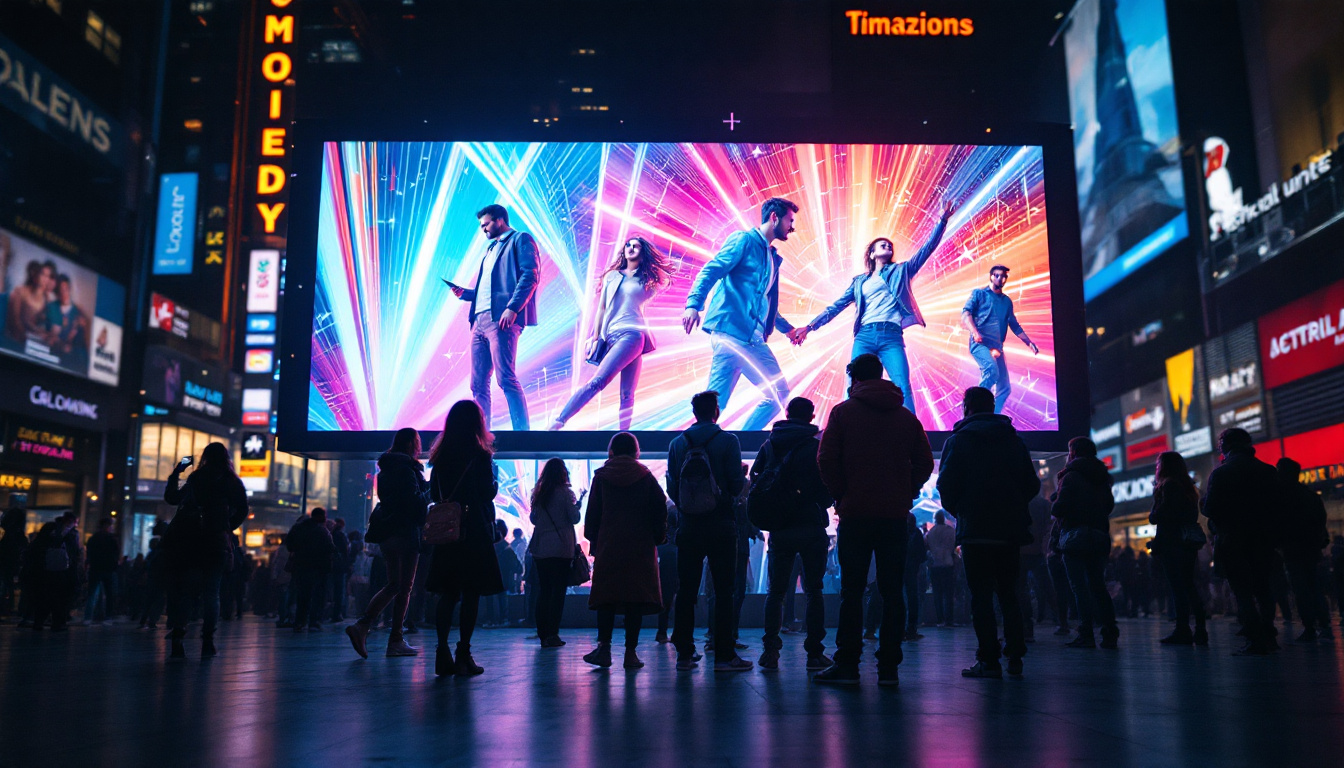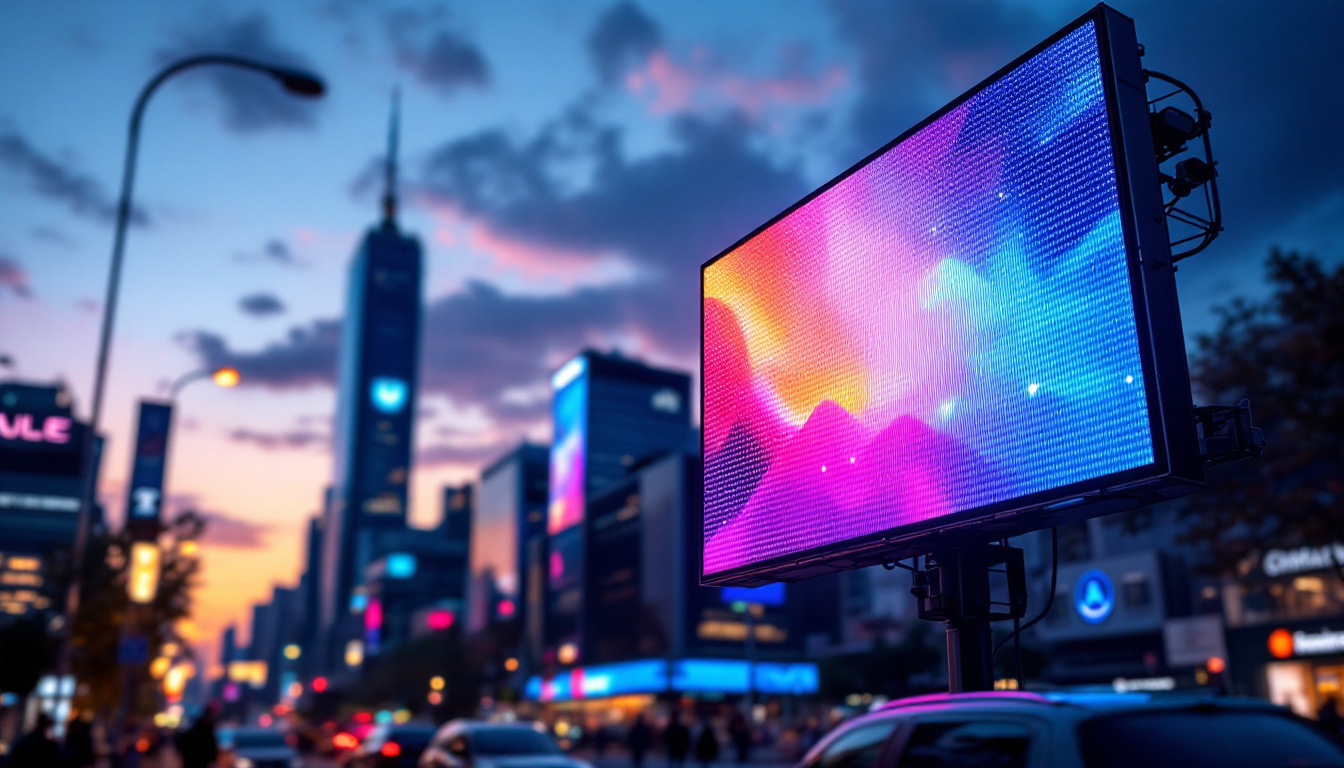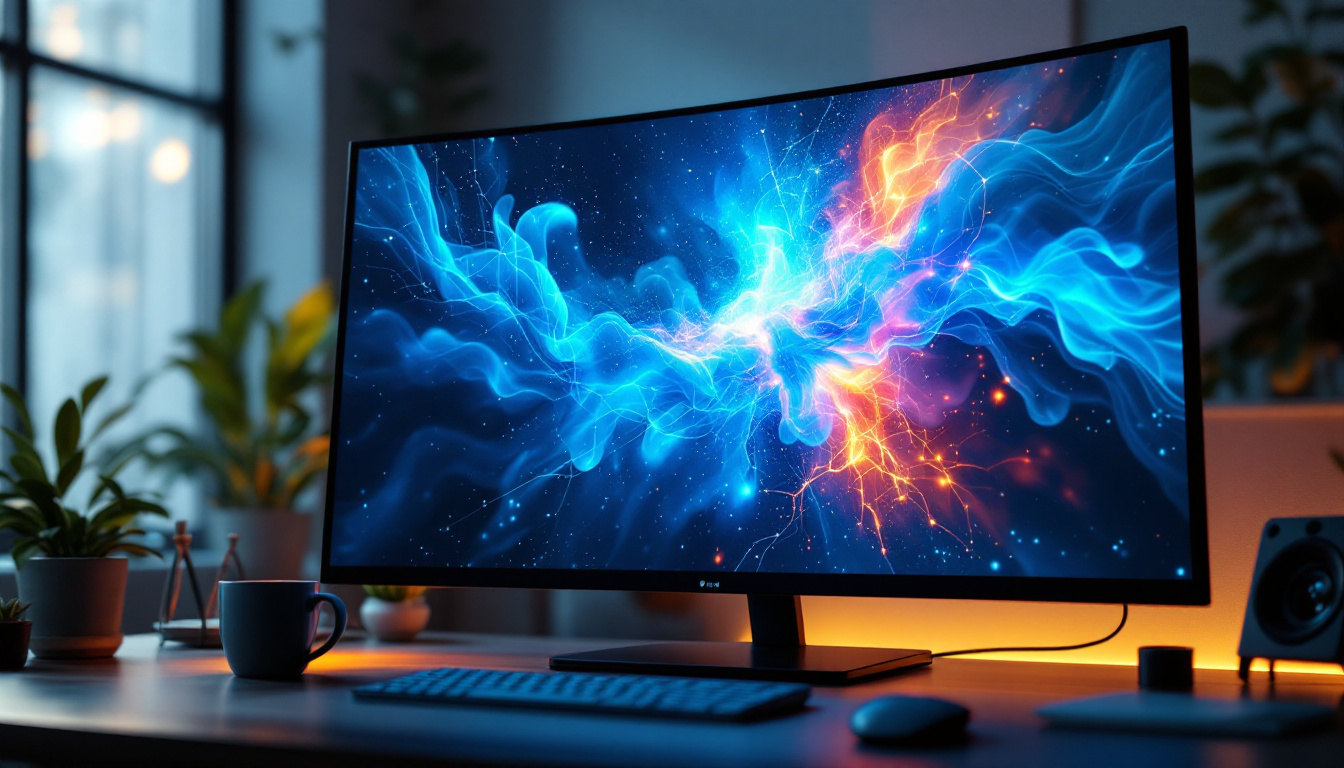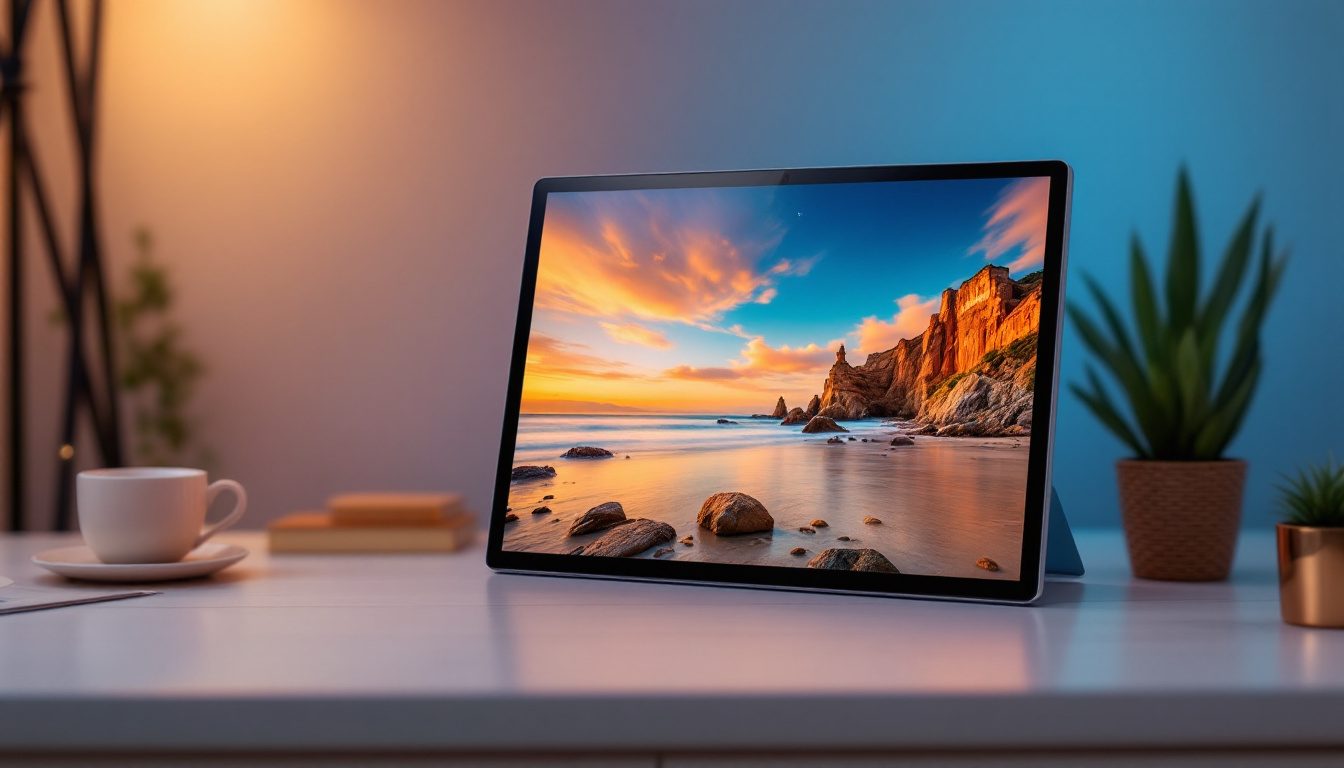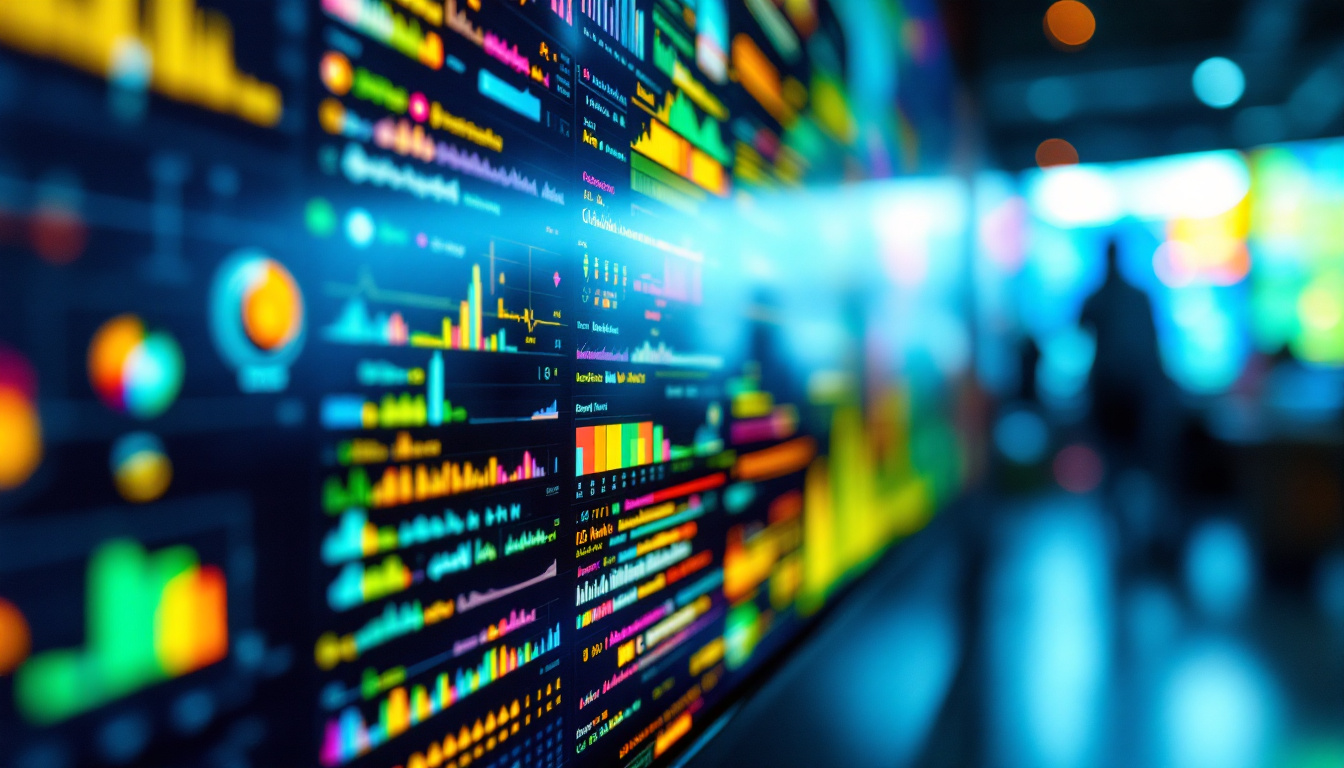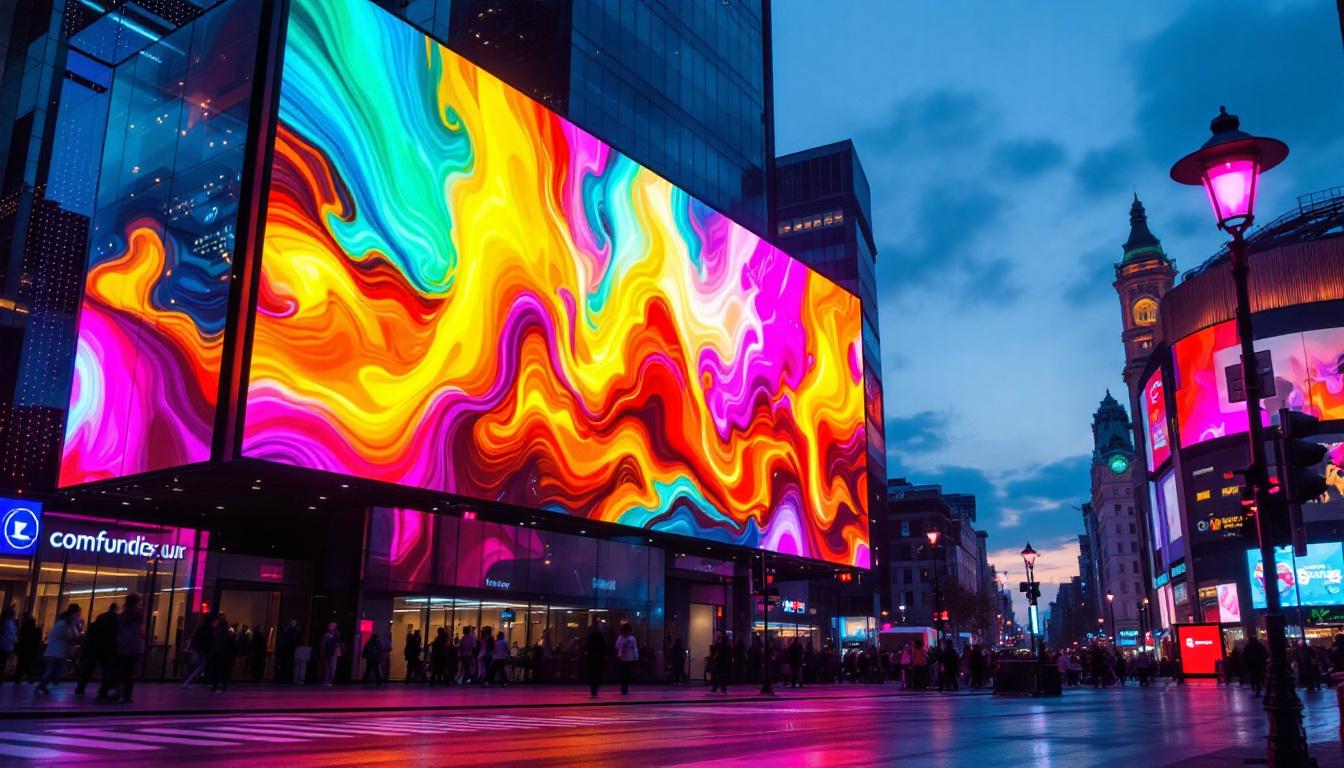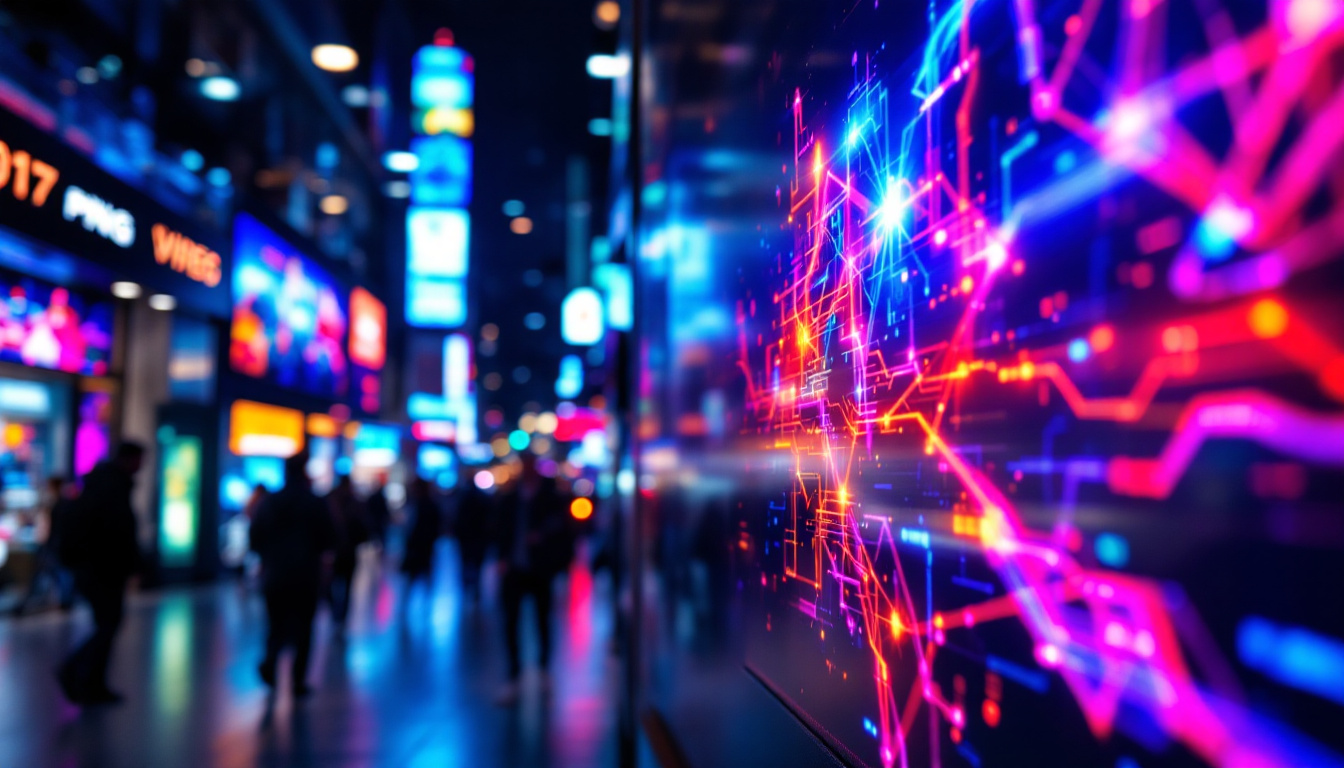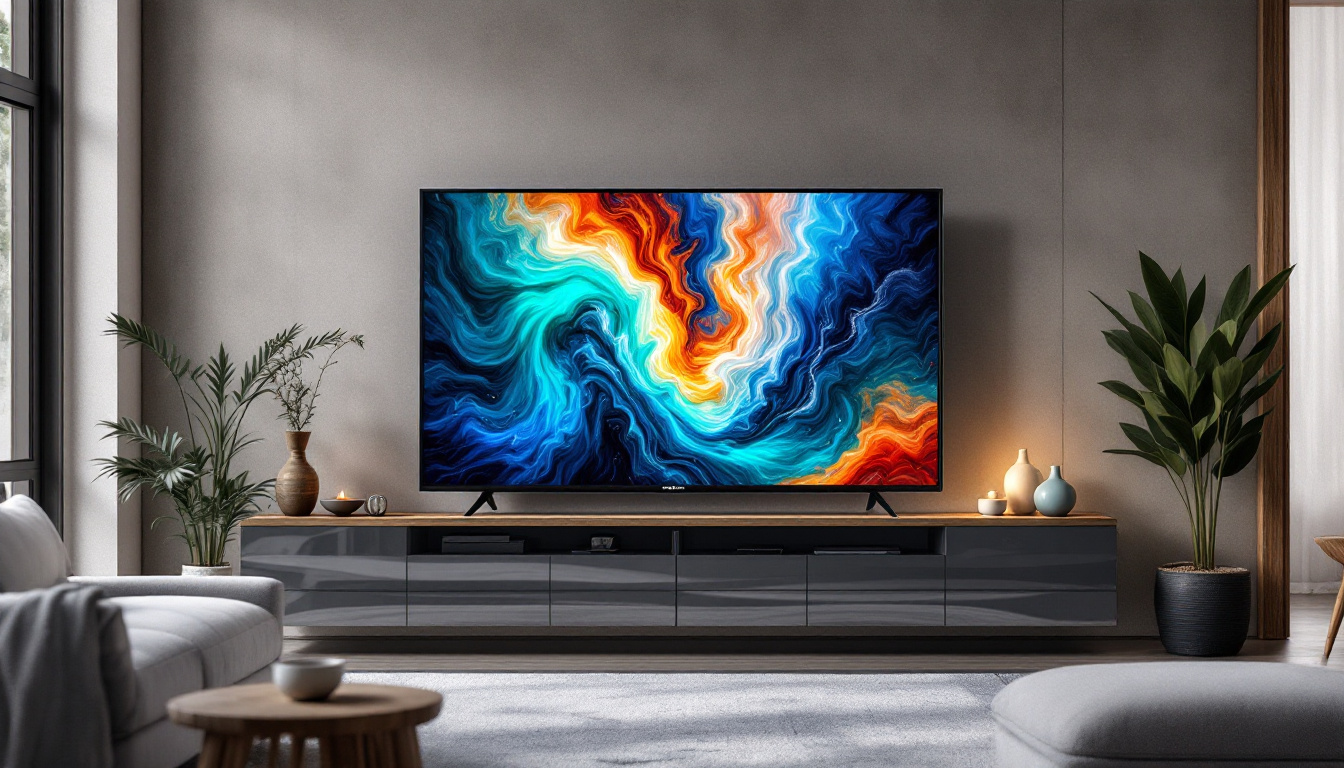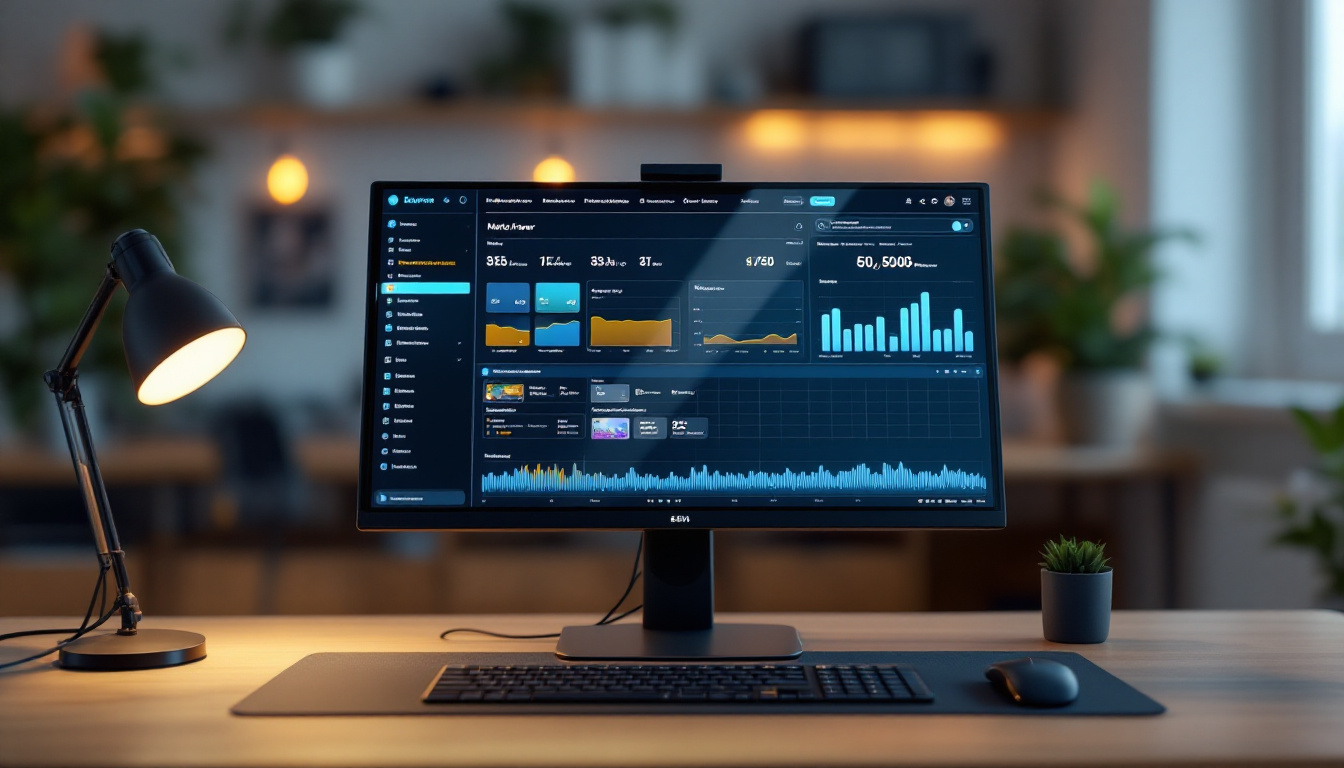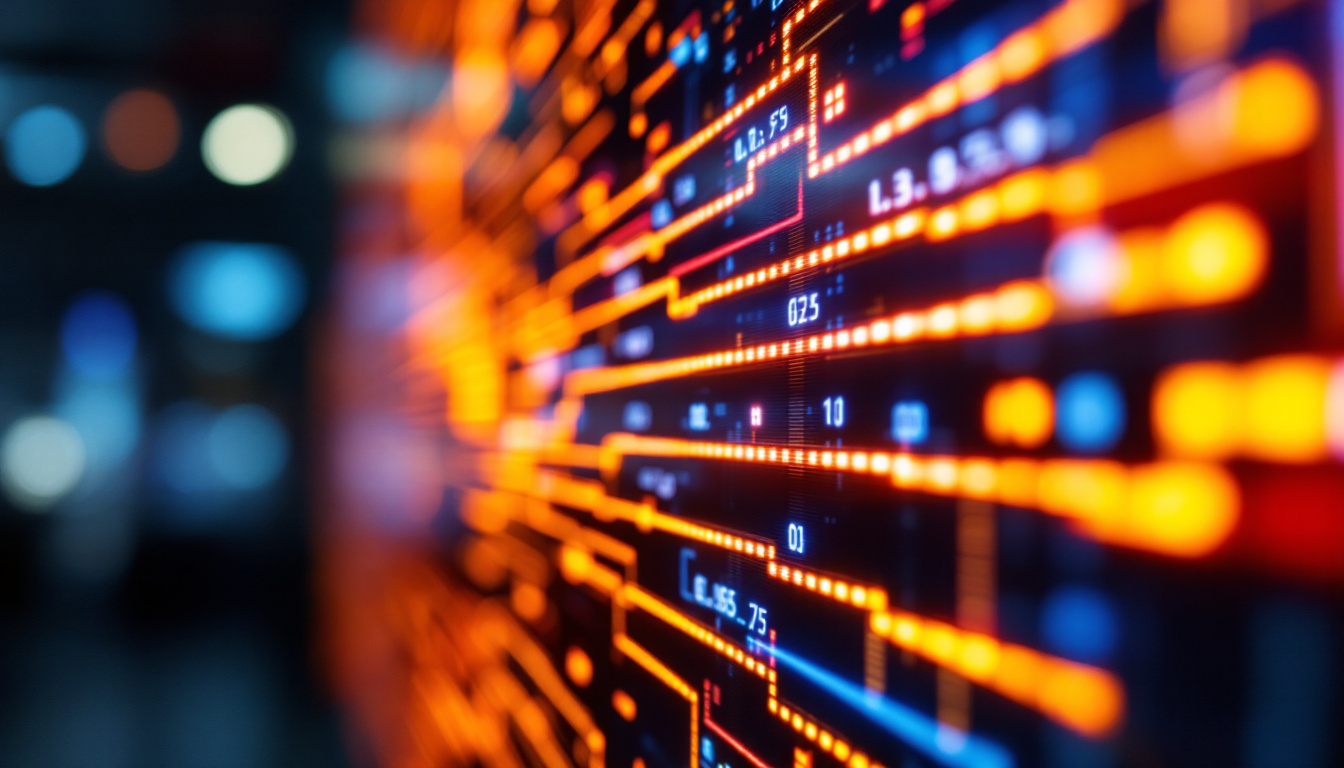LED displays have revolutionized the way we consume visual content, providing vibrant colors and high brightness levels that enhance the viewing experience. However, like any technology, LED screens are not without their issues. understanding these problems can help users make informed decisions and maintain their displays effectively. This article delves into common LED screen problems, their causes, and potential solutions.
Understanding LED Technology
Light Emitting Diodes (LEDs) are semiconductor devices that emit light when an electric current passes through them. They are used in various applications, including televisions, computer monitors, and digital signage. The advantages of LED technology include energy efficiency, long lifespan, and the ability to produce bright and vivid colors. Additionally, the compact size of LEDs allows for innovative designs and applications that were previously impossible with traditional lighting methods. Their ability to be easily integrated into various devices has revolutionized the way we think about lighting and display technology.
Types of LED Displays
There are several types of LED displays, each with unique characteristics and applications. The most common types include:
- Direct View LED: These displays consist of individual LEDs arranged in a grid, allowing for high brightness and contrast. They are often used in outdoor advertising and large-scale displays, such as stadium screens and concert backdrops, where visibility from a distance is crucial.
- LED Backlit LCD: This technology uses LEDs to illuminate an LCD panel, providing better color accuracy and contrast than traditional fluorescent backlighting. This combination allows for thinner screens and improved energy efficiency, making it a popular choice for modern televisions and computer monitors.
- Organic LED (OLED): OLED displays use organic compounds to emit light, resulting in deeper blacks and wider viewing angles. They are popular in high-end televisions and smartphones, where picture quality is paramount. The flexibility of OLED technology also enables the creation of curved and foldable displays, pushing the boundaries of design.
Advantages of LED Displays
LED displays offer numerous advantages over traditional display technologies. Some of the key benefits include:
- Energy Efficiency: LED displays consume less power compared to LCD and plasma screens, making them more environmentally friendly. This energy efficiency not only reduces electricity bills but also contributes to lower carbon footprints, aligning with global sustainability goals.
- Longevity: LEDs have a longer lifespan, often exceeding 50,000 hours, which reduces the need for frequent replacements. This durability is particularly beneficial in commercial settings, where downtime can be costly.
- Brightness: LED displays can achieve higher brightness levels, making them suitable for both indoor and outdoor use. This capability ensures that content remains visible even in direct sunlight, which is essential for outdoor advertising and public information displays.
Moreover, the rapid advancement in LED technology has led to the development of smart LED displays that can be controlled remotely and programmed to display dynamic content. This feature is particularly advantageous for businesses looking to engage customers with real-time promotions or information. The integration of sensors and connectivity options allows for a more interactive experience, transforming how information is presented and consumed in public spaces.
In addition to their practical benefits, LED displays have also made significant strides in terms of aesthetics. With the ability to create ultra-thin panels and vibrant color ranges, designers are increasingly using LED technology to enhance architectural features and artistic installations. This versatility has opened up new avenues for creativity, allowing artists and architects to explore innovative lighting solutions that captivate audiences and elevate environments.
Common LED Screen Problems
Despite their advantages, LED screens can encounter various problems that may affect their performance. Understanding these issues can help users troubleshoot and resolve them effectively.
1. Dead Pixels
One of the most frustrating issues with LED displays is the presence of dead pixels. A dead pixel is a pixel that fails to light up, resulting in a small black dot on the screen. This problem can occur due to manufacturing defects or physical damage.
To address dead pixels, users can try gently massaging the area around the pixel with a soft cloth or using software tools designed to fix stuck pixels. However, if the issue persists, a professional repair may be necessary.
2. Color Inconsistency
Color inconsistency can manifest as uneven color distribution across the screen, leading to a less enjoyable viewing experience. This problem may arise from calibration issues, aging components, or manufacturing defects.
To resolve color inconsistency, users can recalibrate their displays using built-in settings or external calibration tools. Regular maintenance and cleaning can also help maintain color accuracy over time.
3. Flickering
Flickering is another common problem that can occur in LED displays. This issue can be caused by a variety of factors, including poor connections, incompatible refresh rates, or faulty components. Flickering can be particularly distracting during video playback or gaming.
To troubleshoot flickering, users should check cable connections, update graphics drivers, and ensure that the display settings match the capabilities of the monitor. If the problem persists, it may be necessary to consult a technician for further diagnosis.
Environmental Factors Affecting LED Displays
Environmental conditions can significantly impact the performance and longevity of LED displays. Understanding these factors can help users protect their screens and extend their lifespan.
1. Temperature and Humidity
Extreme temperatures and humidity levels can adversely affect LED displays. High temperatures can cause components to overheat, leading to reduced performance or permanent damage. Conversely, excessive humidity can lead to condensation, which may cause short circuits or corrosion.
To mitigate these risks, users should ensure that their displays are installed in climate-controlled environments. Proper ventilation and avoiding direct sunlight can also help maintain optimal operating conditions.
2. Dust and Debris
Dust and debris can accumulate on LED screens, leading to reduced brightness and clarity. Regular cleaning is essential to maintain the display’s performance. However, using the wrong cleaning materials can cause scratches or damage.
Users should clean their screens with a microfiber cloth and a gentle cleaning solution specifically designed for electronics. Avoiding harsh chemicals and abrasive materials will help preserve the integrity of the screen.
Maintenance Tips for LED Displays
Proper maintenance can significantly enhance the performance and longevity of LED displays. Here are some essential tips to keep in mind:
1. Regular Calibration
Calibrating the display periodically ensures that colors remain accurate and consistent. Many LED displays come with built-in calibration tools, but external calibration devices can provide even more precise adjustments.
Users should refer to the manufacturer’s guidelines for calibration procedures and recommended settings to achieve optimal results.
2. Software Updates
Keeping the display’s software and firmware up to date is crucial for optimal performance. Manufacturers often release updates that fix bugs, improve compatibility, and enhance features.
Users should regularly check for updates and follow the manufacturer’s instructions for installation to ensure that their displays are running the latest software.
3. Proper Usage
Using the display within its recommended specifications is vital for maintaining its health. Overdriving the display or using it inappropriately can lead to premature wear and tear.
Users should adhere to the manufacturer’s guidelines regarding resolution, refresh rates, and usage duration to prolong the life of their LED displays.
Advanced Troubleshooting Techniques
When basic troubleshooting methods fail to resolve LED screen problems, more advanced techniques may be necessary. Understanding these methods can empower users to tackle complex issues effectively.
1. Factory Reset
A factory reset can often resolve persistent issues by restoring the display to its original settings. This process can help eliminate software-related problems that may be causing performance issues.
Users should consult the user manual for instructions on how to perform a factory reset, as the process may vary depending on the model and manufacturer.
2. Checking Connections
Loose or damaged connections can lead to various display problems, including flickering and color inconsistencies. Users should inspect all cables and connectors to ensure they are secure and undamaged.
If any connections appear faulty, replacing the cables or connectors may resolve the issue. Additionally, using high-quality cables can help prevent problems related to signal degradation.
3. Professional Repair Services
In cases where DIY troubleshooting fails, seeking professional repair services may be the best course of action. Trained technicians can diagnose and repair complex issues that are beyond the capabilities of the average user.
Users should research reputable repair services and consider warranties or service plans that may cover repairs, ensuring peace of mind in case of future issues.
Future of LED Display Technology
The future of LED display technology looks promising, with ongoing advancements aimed at enhancing performance, reducing costs, and expanding applications. Emerging trends are likely to shape the next generation of displays.
1. MicroLED Technology
MicroLED technology represents a significant leap forward in display innovation. By using microscopic LEDs to create individual pixels, MicroLED displays offer improved brightness, contrast, and energy efficiency.
This technology has the potential to revolutionize various industries, from consumer electronics to large-scale advertising, providing users with stunning visual experiences.
2. Flexible Displays
Flexible LED displays are gaining traction, allowing for innovative designs and applications. These displays can be bent or curved, making them suitable for a wide range of environments, including wearables and architectural installations.
As manufacturing techniques improve, flexible displays are expected to become more mainstream, offering new possibilities for creativity and functionality.
3. Enhanced Color Accuracy
Future advancements in LED technology are likely to focus on improving color accuracy and consistency. Innovations in color calibration and processing algorithms will enable displays to reproduce colors more faithfully, enhancing the viewing experience.
As consumers demand higher quality visuals, manufacturers will continue to invest in research and development to meet these expectations.
Conclusion
LED displays have transformed the way we interact with visual content, offering numerous benefits and applications. However, understanding common problems and their solutions is essential for maintaining optimal performance. By implementing proper maintenance practices and staying informed about advancements in technology, users can enjoy the full potential of their LED displays for years to come.
As technology continues to evolve, it is crucial to remain aware of emerging trends and innovations that may further enhance the capabilities of LED displays. With the right knowledge and care, users can ensure that their displays remain vibrant, reliable, and enjoyable.
Explore Cutting-Edge LED Display Solutions
Ready to elevate your visual experience with the latest in LED technology? Look no further than LumenMatrix, a pioneer in crafting LED displays that bring your content to life. Whether you’re seeking to boost your brand’s presence with an Indoor LED Wall Display, captivate passersby with an Outdoor LED Wall Display, or innovate with Vehicle LED Displays and beyond, LumenMatrix has a solution tailored to your needs. Embrace the future of visual communication and discover how our LED Sports Displays, Floor LED Displays, and Custom LED solutions can transform your space. Don’t miss out on the opportunity to make a lasting impression. Check out LumenMatrix LED Display Solutions today and start creating unforgettable visual narratives.

